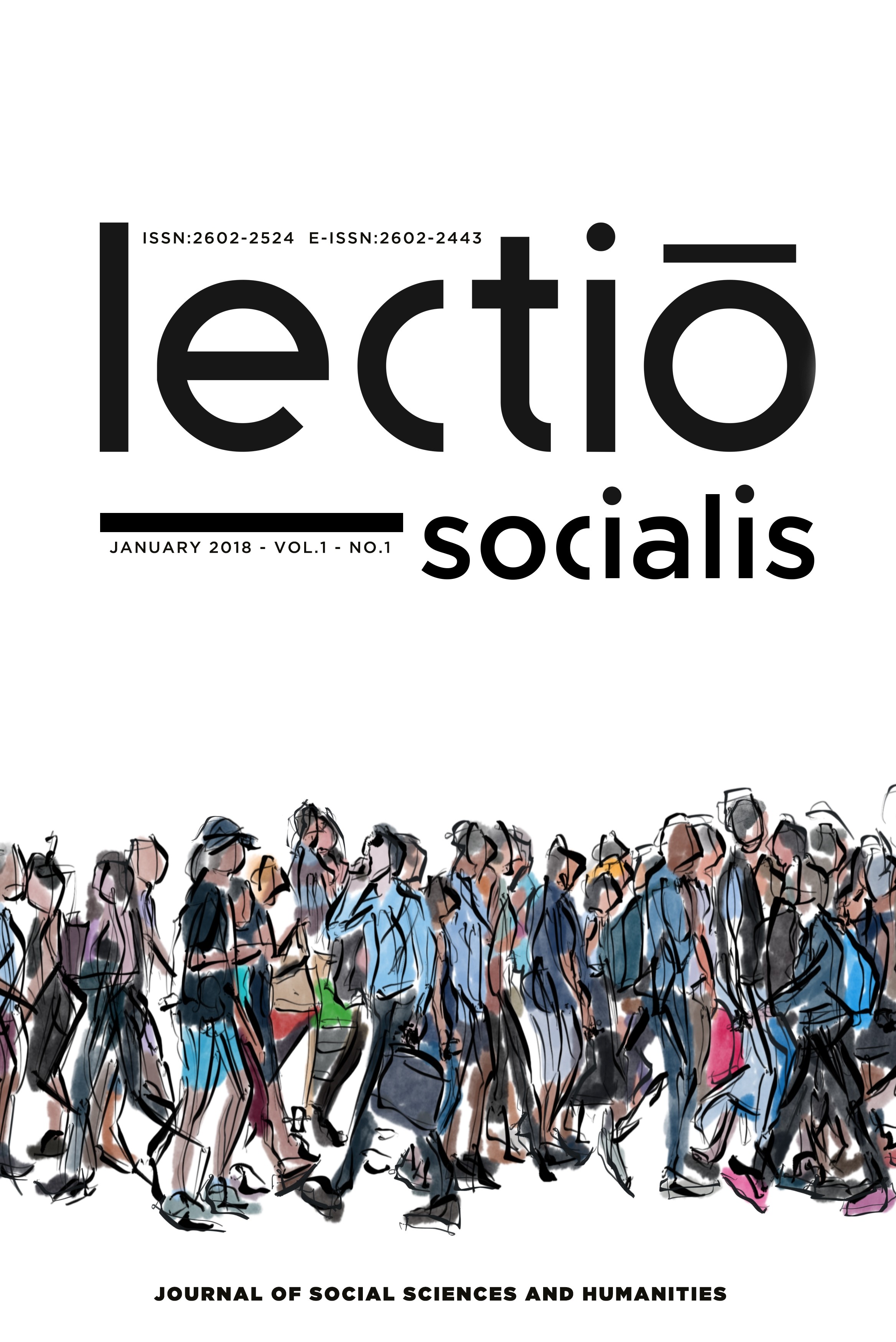Galtung’un Barış Çalışmaları Üzerine
Barış çalışmaları ve araştırmaları büyüleyicidir çünkü insan ilişkileri, davranış, iş birliği ve çatışmanın sonucu ile ilgili bazı önemli soruları incelemektedir. Peki bu noktada barış nasıl tanımlanmalıdır? Sadece devlet merkezli bir yaklaşım barışı açıklamak için yeterli midir yoksa toplumlar ve bireyler de dahil edilmeli midir? Ortak gelenek, barışı çatışma ve şiddet kavramlarını temelinde kurgulamak, normlar ve ilkeler üretmektir. Başka bir ifadeyle barış olgusu bir zorunluluk olarak kurgulanmakta ve tartışılmaktadır. Bu durumda “kim için ve kiminle barış” sorunsalını ortaya çıkmaktadır. Siyaset bilimi ve uluslararası ilişkiler disiplini de bu tartışmayı açıklamada yetersiz kalmaktadır. Buradan hareketle teori ve pratiği mümkün olduğunca bir araya getiren ve kendine özgü düşünce altyapısıyla barışı toplumsal düzlem ve süreçlerle tanımlamaya çalışan barış çalışmaları alanının öncü kuramcısı Johan Galtung’un genel bakış açısını irdelemek bu araştırmanın amacını oluşturmaktadır.
Anahtar Kelimeler:
Galtung, Barış Çalışmaları, Negatif-Pozitif Barış, Çatışma Dönüşümü
On Galtung’s Approach to Peace Studies
Peace studies and research are fascinating because they delve into some of the quintessential questions concerning human relations, behavior, cooperation, and conflict. So how should we define peace at this point? Is a state-centered approach sufficient to explain peace independently, or should we include societies and individuals? The common tradition is to construct peace based on the concepts of conflict and violence, to produce norms and principles. In other words, the phenomenon of peace is conceived and discussed as a necessity. In this case, the question of “peace for and with whom” arises. Political science and the discipline of international relations are also insufficient to explain this debate. From this point of view, this study aimed to examine the general perspective of the pioneer theorist of peace studies, Johan Galtung, who combines theory and practice as much as possible and tries to define peace with the social realm processes with his unique thought infrastructure.
Keywords:
Galtung, Peace Studies, Negative-Positive Peace, Conflict Transformation,
___
- Bilgin, K. (2018). Johan Galtung. Barış Çalışmaları in (pp. 175–207). Ankara: Adres Yayınları.
- Ercoşkun, B , Konuralp, E . (2020). Change, Transformation, and Trends in Peace Studies . Dumlupınar Üniversitesi Sosyal Bilimler Dergisi, (66) , 187-199 . Retrieved from https://dergipark.org.tr/tr/pub/dpusbe/issue/57463/739123
- Galtung, J. (1964). ‘What is peace research?’ Journal of Peace Research, 1(1), 1–4.
- Galtung, J. (1967). Theories of Peace: A Synthetic Approach to Peace Thinking. Oslo: International Peace Research Institute.
- Galtung, J. (1969). Violence, Peace and Peace Research. Journal of Peace Research, 6(3), 167–191.
- Galtung, J. (1981). Social Cosmology and the COncept of Peace. Journal of Peace Research, 17(2), 183–199.
- Galtung, J. (1985). Twenty five years of Peace Research: Ten Challenges and Some Responses. Journal of Peace Research, 22(2), 141–158.
- Galtung, J. (1990). Cultural Violence. Journal of Peace Research, 27(3), 291–305.
- Galtung, J. (1996). Peace by Peaceful Means: Peace and Conflict, Development and Civilization. London: Sage.
- Galtung, J. (2000). Conflict Transformation by Peaceful Means (The Transcend Method). New York.
- Galtung, J. (2004). Violence, war, and their impact: On visible and invisible effects of violence. Forum for Intercultural Philosophy, 5, 12–32.
- Galtung, J. (2009). Çatışmaları Aşarak Dönüştürmek: Çatışma Çözümüne Giriş. Ankara: Usak Yayınları.
- Başlangıç: 2017
- Yayıncı: Emrah Konuralp
